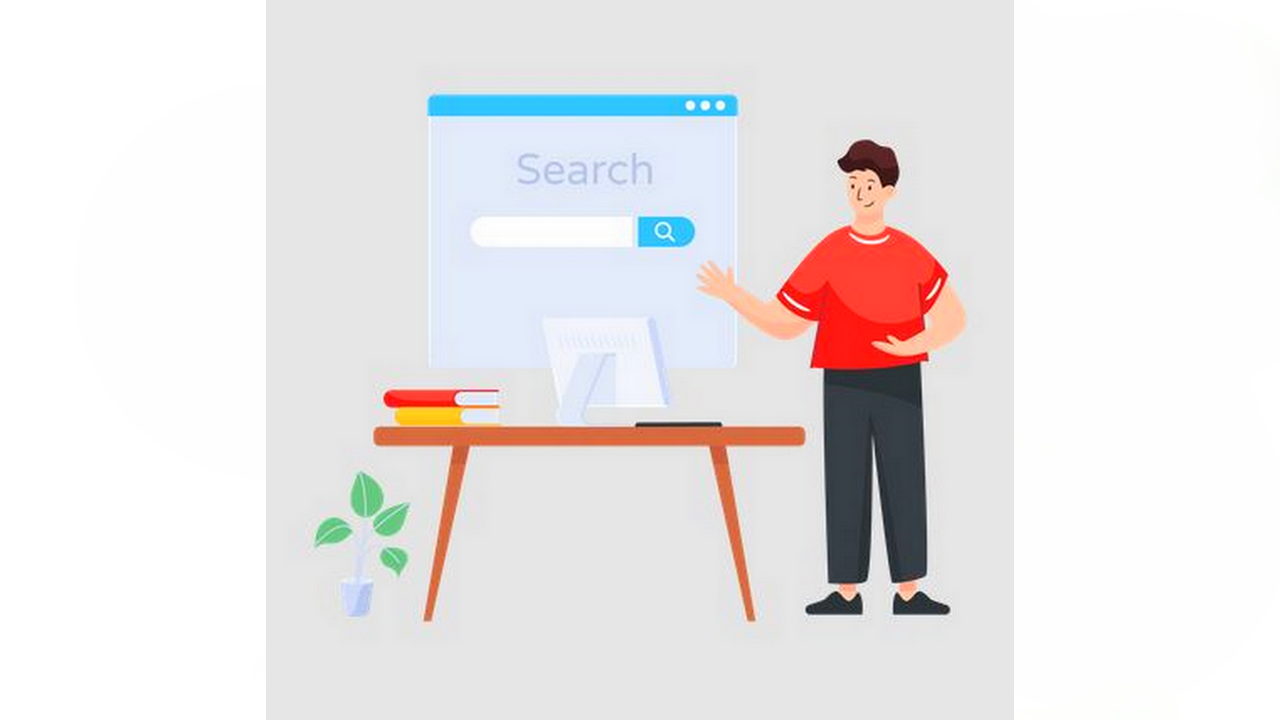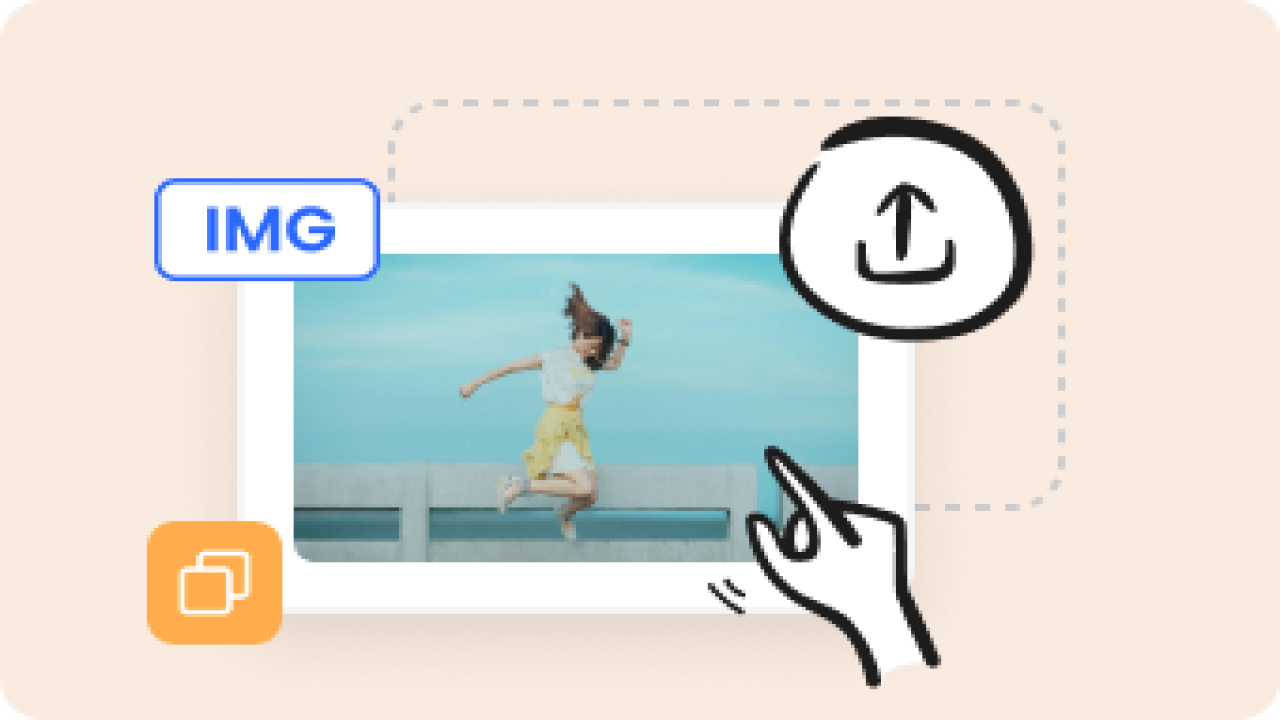How to Get the URL of an Image: A Comprehensive Guide
In the digital age, images play a crucial role in communication, whether for personal, educational, or professional purposes. Knowing how to retrieve the URL of an image is essential for sharing and embedding images efficiently. This guide provides a thorough understanding of what an image URL is and how to obtain it across different platforms.
What Is an Image URL?
An image URL (Uniform Resource Locator) is a web address that leads directly to an image file hosted online. Each image has a unique URL, which enables users to access and share it easily. Understanding image URLs is vital for web development, social media sharing, and content creation.
How to Copy an Image URL
The method of copying an image URL can vary slightly depending on the device you’re using.
-
On Desktop Browsers:
- Google Chrome / Firefox: Right-click on the image and select “Copy Image Address” or “Copy Image Location.”
- Microsoft Edge: Similar to the previous browsers, right-click and choose “Copy Image Link.”
-
On Mobile Devices:
- iOS (iPhone/iPad): Long-press the image until a menu appears, then select “Copy” or “Copy Image Link.”
- Android: Long-press the image, and you should see an option to “Copy image address” or similar.
For a more detailed guide, you can refer to Google Support’s guide on image URLs.
Embedding an Image Using its URL
Once you have copied the URL, you can use it to embed the image in HTML. To do this, you can use the <img> tag as shown below:
html
<img src="IMAGE_URL_HERE" alt="Description of the image">
Ensure that the image URL is publicly accessible; otherwise, users may encounter a broken link.
Embedding images directly via URL is especially useful for websites, blogs, and forums that support HTML. If you're interested in web development, consider exploring more about HTML image tags on W3Schools.
Why Use Image URLs?
There are several reasons why using image URLs is advantageous:
- Easy Sharing: An image URL allows you to share images without needing to upload them multiple times.
- Reduced Storage Needs: By linking to images hosted elsewhere, you conserve storage space on your website.
- Dynamic Content: Using URLs enables you to update images dynamically without altering the code that embeds them.
Best Practices for Image URLs
When working with image URLs, consider the following best practices:
- Use Reliable Sources: Ensure the images are from reputable sources or your own uploads to avoid copyright issues.
- Optimize Images: Use compressed images to improve loading times while maintaining quality.
- Use Descriptive Alt Text: Always include descriptive alt text in your
<img>tags to improve accessibility and SEO.
Conclusion
Understanding how to get and use the URL of an image is a valuable skill in today’s online world. It not only facilitates sharing and embedding but also enhances your digital content. For further reading on web development and image handling, check out resources like MDN Web Docs








Comments (0)